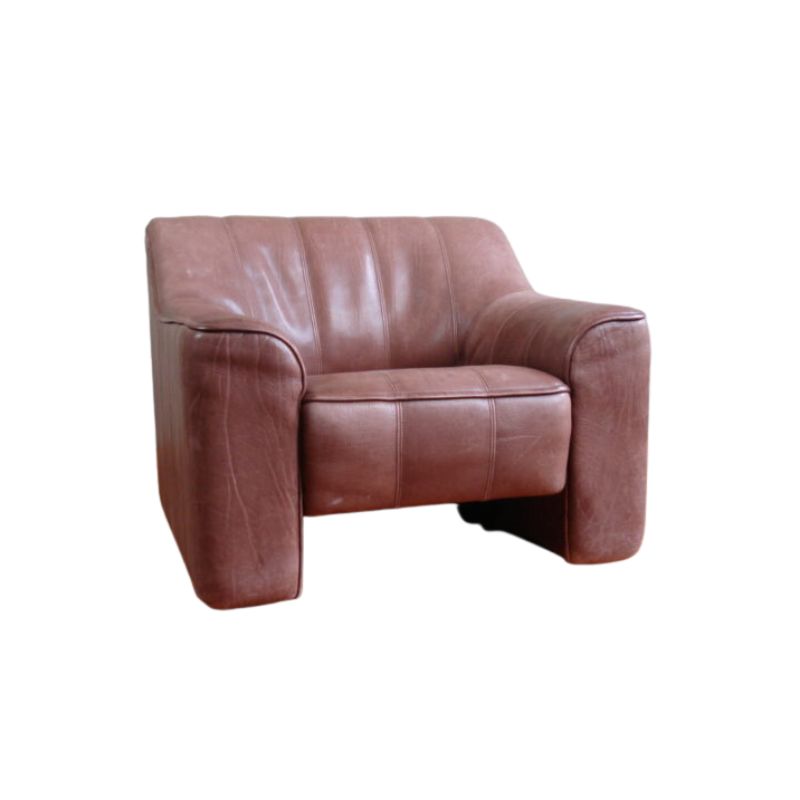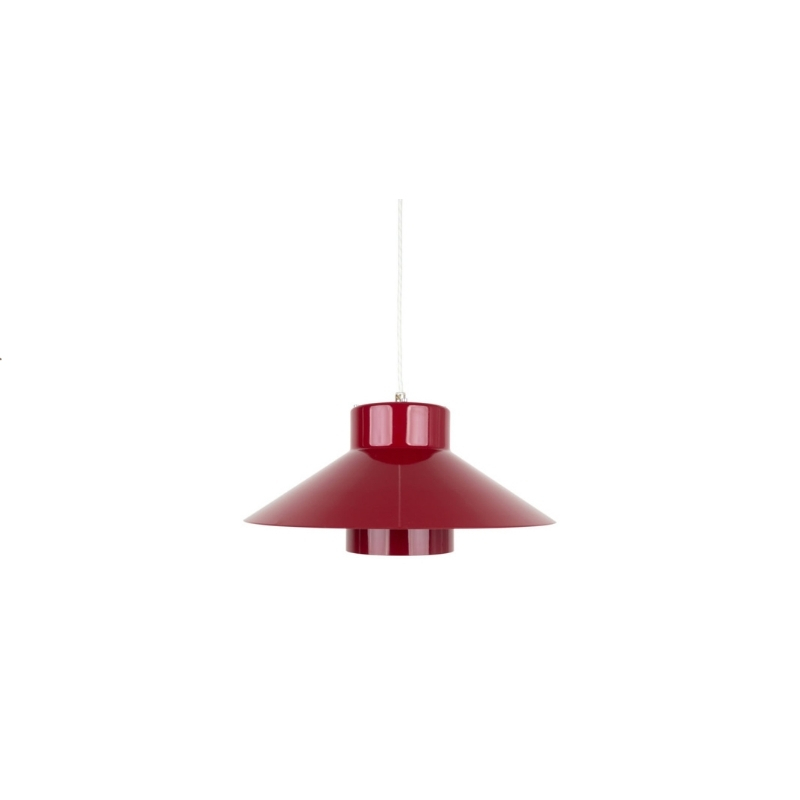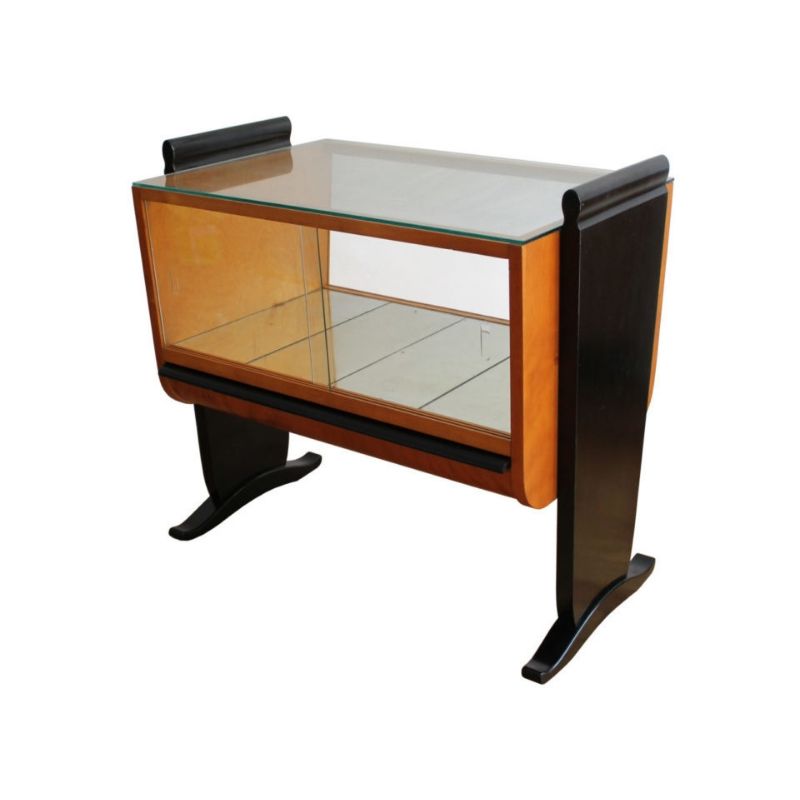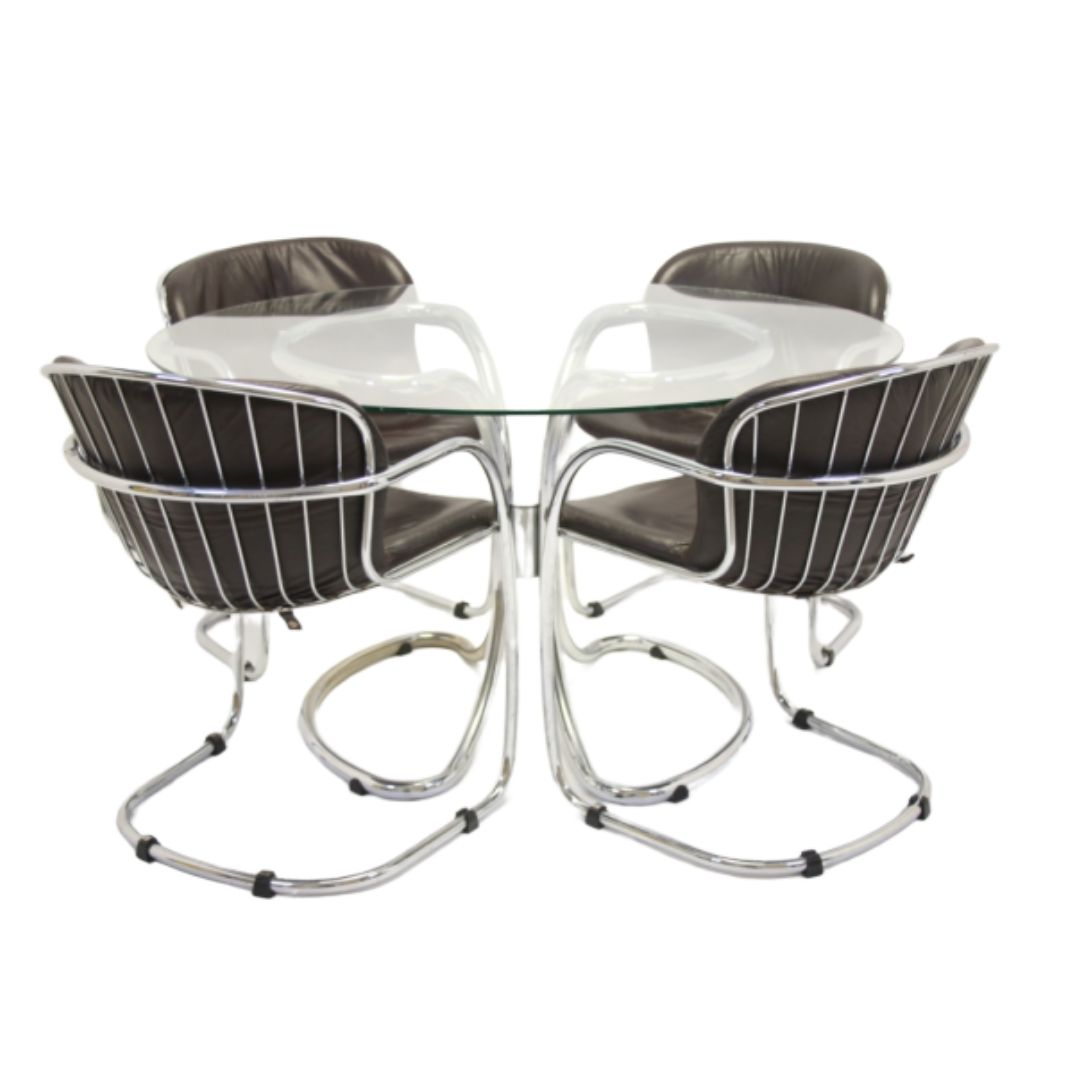What in the blue Moses?!
Wright has a sofa listed as "Florence Knoll" with Herman Miller as manufacturer. Surely a silly mistake?! Wright of all places!
Fact Check on Harry Bertoia
I believe Harry Bertoia worked for the Eames office who, after Bertoia left, eventually had work produced by HM. I'm not certain he himself worked for Herman Miller.
It was his falling out with the Charles Eames that set him on a course with Knoll. Yes?
http://en.wikipedia.org/wiki/Harry_Bertoia
nate
You are correct, altho most people admitted it only much later. Bertoia is generally given credit with the metal frame of the DCM/LCM. There also arose an issue when he put out his wire series for Knoll - the Diamond, Bird, & Side chairs made use of a double welded wire. The Eames & Herman Miller had already patented the double wire and Bertoia was forced to rethink his - arrving at the single, heavier wire frame that we know now.
For years people have whispered that the Eames Office was fairly autocratic. It revolved around the sole vision of Charles & Ray, with much input - but little credit given - from and to the rest of the staff members. I have heard that it was an amazing place to work, but not always fun. I imagine it to be sort of like Martha Stewart or Oprah today.
Harry also....
Harry also developed and designed the DKR, or wire side chair and eiffel base. KNOLL and Bertoia were threatend with a lawsuit from herman miller for the for the wire chairs bertoia developed for KNOLL.
In the 1961 july Playboy article where the important modern designers of the day were assembled for a photo, Harry featured the herman miller DKR as one of his representitive designs.
While
While Bertoia made the claims that the DKR was his it is highly disputable. The Eames' wire chairs were developed in 1951-1953 (Eames Design) Bertoia had left the Eames Office in 1947.
In "Charles & Ray Eames, Designers of the 20th Century" Pat Kirkham devotes a page to the complex relationship between the Eames and Bertoia. She cites differences in the way the chairs are made - Bertoia uses a diamond pattern whilst the Eames use a rectangular pattern, Bertoia's were handmade, the Eames were machine welded. Also cited are the plastic shell chairs - developed between the time Bertoia left the Office and the time of the wire chairs. The wire chair is essentially identical in shape to the plastic chairs, fitting all of the original bases. The conclusion that Kirkham draws is that none of the ideas emerging from the Eames Office were the sole result Charles and Ray, yet Bertoia is making a stretch in the claims that the DKR was his.
both bertoia and knoll spoke....
both harry and florence have spoken on the record to interviewers of their meeting with george nelson regarding the wire group that KNOLL was soon to introduce publicly. perhaps they compromised on some changes in the design so as to avoid a lawsuit. i can't find the documentation at this time, but i believe the DKR is a 100% bertoia design.
This is probably a similar argument
between the Herman Miller George Nelson Basic Storage cabinets and the Wincherdon Paul McCobb Planner Group line.
Certainly, McCobb was influenced by Nelson line. The concepts are nearly the same.
Both Herman Miller and Knoll had their own boxy upholstered sofas and chairs too.
Both Herman Miller and Knoll had their angled-iron tables (compare Nelson's steelframe coffee to Florence Knoll's angle iron tables).
And so it went.
Not to mention
In addition to Whitespikes comments:
There were early prototypes found in the Eames Office that did resemble Bertoia's style of chair AND the wire pattern used on the Diamond chair - indicating that he may have been working on a chair of that style while still at the Office. But those chairs differ very much from the final DKR.
The DKR is about exploration of an unusual material in a new context. The result is a very comfortable chair (ala the fiberglass chairs)
Bertoia's pieces are much more sculptural, dealing with the material in a completely different way. His chairs are about transparency and lightness (his side chairs are certainly not about comfort!)
Certainly the idea of a wire chair wasnt new to either designer, but the formal elements of each final chair speak entirely different languages. IMHO there is no way the DKR was solely Bertoia.
Interiors Interview of Bertoia
I don't think this definitively answers the questions raised, but it does provide more insight.
Bertoia's comments during an interview with Interiors (November 1965 Issue):
Q: Would you trace the development of you, your chair and your sculpture?
Eames started a woodshop in Santa Monica, and I joined him in 1942. He had some money from the Museum of Modern Art to put his furniture into production, as one of the winners of Edgar Kaufmann's Organic Design Show (1941). Eero and Charile were winners -- there chairs were simple, direct plywood shells done on a lathe. I told Charlie we were torturing wood and should be using metal and he said, okay, go ahead and try. I proceeded to make the three-legged chair and a two-position tilt-back. As I toyed with the design, Duchamp's Nude Descending a Staircase came to mind. Like the body in the painting, the chair should rotate, change. All the dynamics of the human body should be taken into consideration. Then things cleared up and shaped up . . .
After I left Charlie, I designed jewelry and sculpture on the West Coast and came East in 1950 to design furniture for Hans Knoll. The little diamond chair was first -- finished in 1952. Then in 1957, Eero asked me if I would design a metal screen for the GM Tech Center. I was paid well and tasted the winds of freedom . . . it also put me in the architect's eye, and gradually I came to be in demand by architects and could pick and choose my commissions. But the real problem was much more basic: how much time to allow for experimentation, and how much time on commissions which pay high fee? I could easily become a slave in the wealthiest terms. If we as designers and artists want to give meaning to our freedom, we all have to face this.
If you need any help, please contact us at – info@designaddict.com









